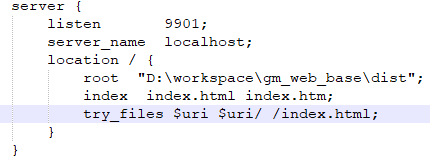I have 12 columns using the yyyymmdd format. In the Data Flow Task, I have a Flat File Source, a Derived Column Task and an OLE DB Destination. I'm applying the following expression to these fields in the Derived Column Task:
(DT_DBDATE)(SUBSTRING((DT_STR,10,1252)([Date_Column]),1,4) + "-"
+ SUBSTRING((DT_STR,10,1252)([Date_Column]),5,2) + "-"
+ SUBSTRING((DT_STR,10,1252)([Date_Column]),7,2))
It keeps making me convert the field before I substring it, but I have the fields set up as DT_STR in the Connection Manager. The destination field is in DATE format in SQL Server. SSIS always shows the "could not be converted because of a potential loss of data" error. I've checked the raw data in the CSV and don't see any dates that look out of place. Everything fits the format.
I've also attempted to use a Data Conversion task as suggested here, but ended up getting the same kind of error. Any recommendations? The answers I've seen on here all point to the use of a Derived Column task, but several others I've mentioned this to have had the same problem I'm having.
EDIT: Here's a sample of the data. The field specifically mentioned in all of the errors is CRTFCTN_DT. There are 470 fields in the dataset, but this does show the first two date fields.

SOLUTION: In the Connection Manager, I changed the yyyymmdd fields to DT_STR(10) (8 characters for the date, 2 for the added dashes), and rebuilt my Data Flow Task. This solved the problem. If you DON'T rebuild the task, the Derived Column task won't pick up on the new data type. Once the task was recreated, I also no longer needed to cast the dates as strings before applying substring.


